Ura Bandai (Bandai Kogen Highlands)
Ura Bandai is a highland with wonderful views of many lakes and marshes centered on Mt. Bandai. The drive along the Bandaisan Gold Line from Bandai Kogen Highlands to Lake Inawashiro was very refreshing!
Mt. Bandai (altitude 1816m), located almost in the center of Fukushima Prefecture, has records of eruptions in 806 and 1888. The 1888 eruption was a large-scale phreatic explosion that blew away one of the four peaks, causing a debris avalanche that hit Hibara Village (now Kitashiobara Village) at the northern foot of the mountain, burying three villages. The eruption of Mt. Bandai caused many casualties, but on the other hand, it created a beautiful landscape, with about 300 lakes and marshes such as Lake Hibara, Lake Onogawa, Lake Akimoto, and Goshikinuma swamps, attracting many tourists and leisure visitors every year.
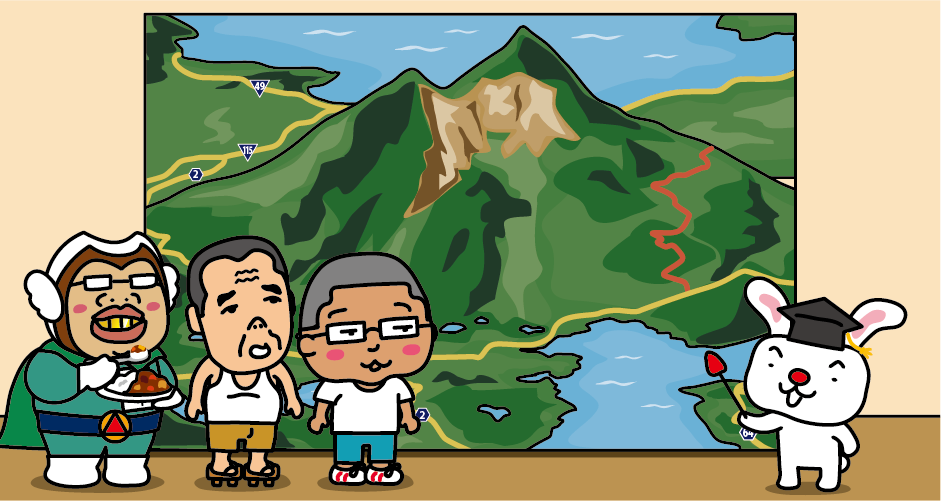
By the way, the southern foot of Mt. Bandai where Lake Inawashiro is located is called “Omote Bandai”, and the northern foot of Mt. Bandai where there are about 300 lakes and marshes is called “Ura Bandai” or “Bandai Kogen Highlands”. Lake Hibara, Lake Onogawa, and Lake Akimoto are known as the “Three Lakes of Ura Bandai,” and the group of more than 30 large and small lakes interspersed between these lakes is collectively called Goshikinuma swamps.
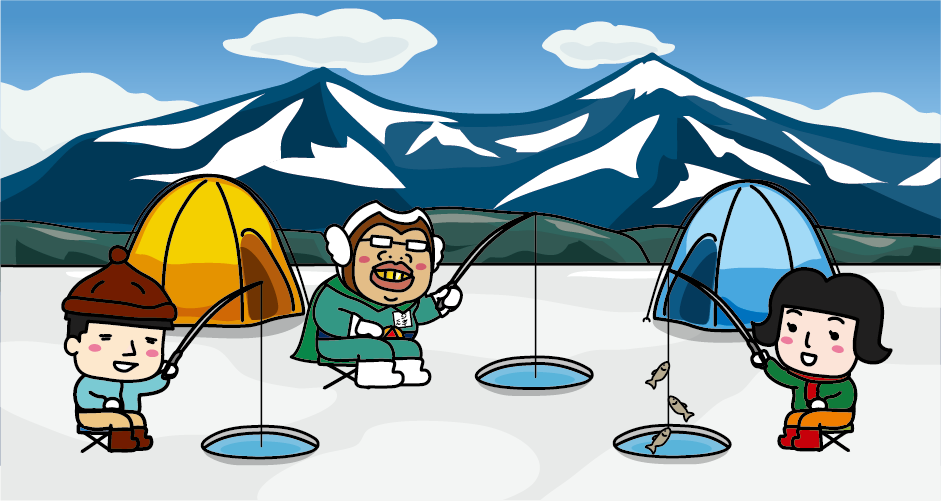
Lake Hibara is the largest lake in Ura Bandai, measuring 18 km from north to south, 1 km from east to west, and 32 km in circumference. There are walking trails on Lake Hibara, and you can enjoy the scenery of Bandai Kogen Highlands from a shighseeing boat on the lake. The lake is also a popular outdoor and recreational spot for camping, bass fishing, and wakasagi smelt fishing on the frozen lake in winter.
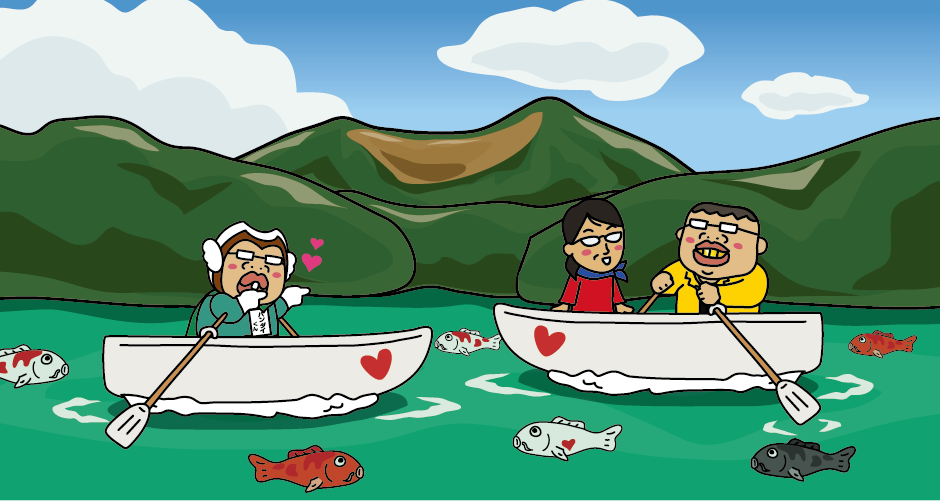
Goshikinuma swamps is the collective name for more than 30 lakes and swamps of various sizes, including Bishamon-numa Swamp, Aka-numa Swamp, Benten-numa Swamp, Ruri-numa Swamp, and Ao-numa Swamp. As the name suggests, the colors change from reddish copper to cobalt blue to emerald green, depending on the season, weather, time, and viewing angle. Goshikinuma swamps has a well-maintained sightseeing trail, so visitors can easily enjoy the spectacular view on a one-hour hike.
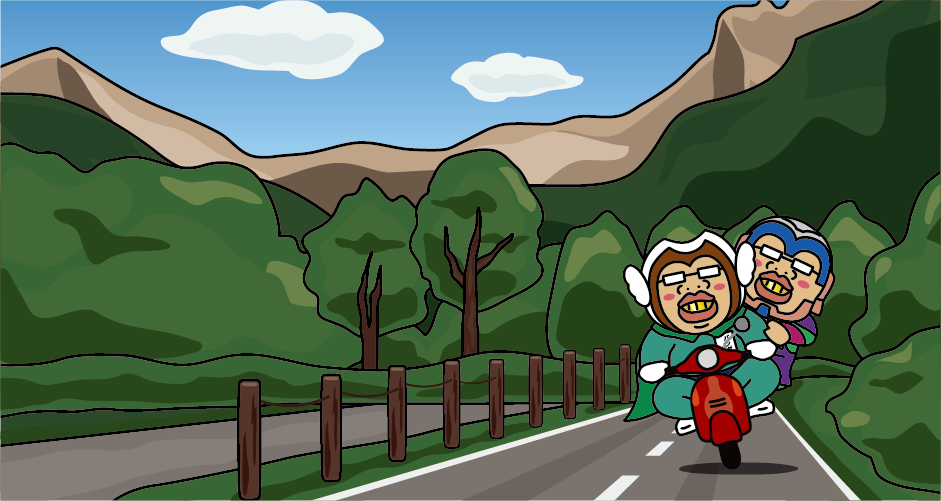
The Bandaisan Gold Line is a sightseeing road with a total length of about 17 km that runs from the Bandai Kogen Highlands to Inawashiro on the west side of Mt. Bandai. There are many viewing spots along the route, such as Kogane-daira, where you can see the crater wall of Mt. Bandai, and Yamako-daira, where you can see both Mt. Bandai and Lake Inawashiro at the same time.

The area around Lake Oguninuma, a volcanic lake on Mt. Nekomagatake (altitude 1404m), is also known for its large colonies of Japanese azalea (Rhododendron japonicum) and Nikkokisuge (Rhododendron scabrum) from late June to early July, and many hikers and photographers visit Lake Oguninuma during this period.
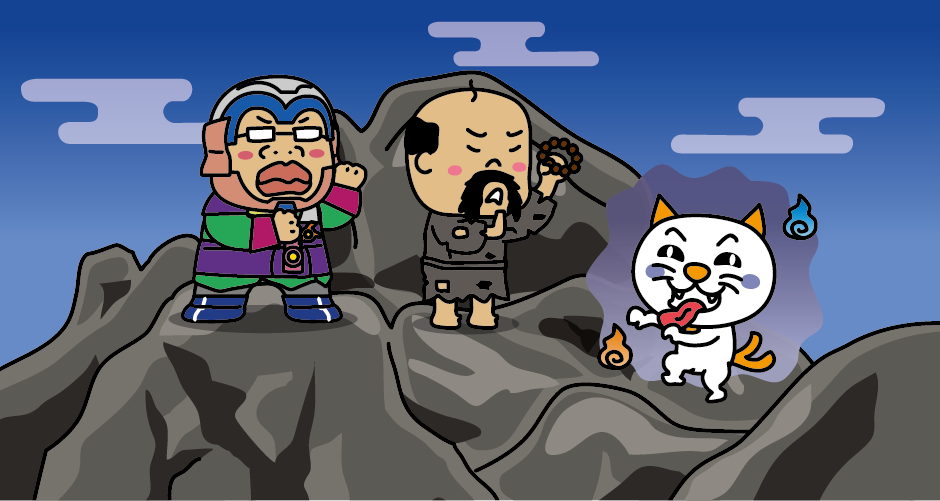
At Mt. Nekomagatake, there remains a “Legend of Monster Cat (Nekomata Densetsu)” that descends to the foot of the mountain and kidnaps a daughter, which is the name of the mountain as it is. Near the top of the mountain, there is a cat stone where Monk Kobo Daishi said sealed a monster cat. There are two ways to climb Mt. Nekomagatake: the Happodai route on the Bandaisan Gold Line and the route up from Lake Oguninuma.
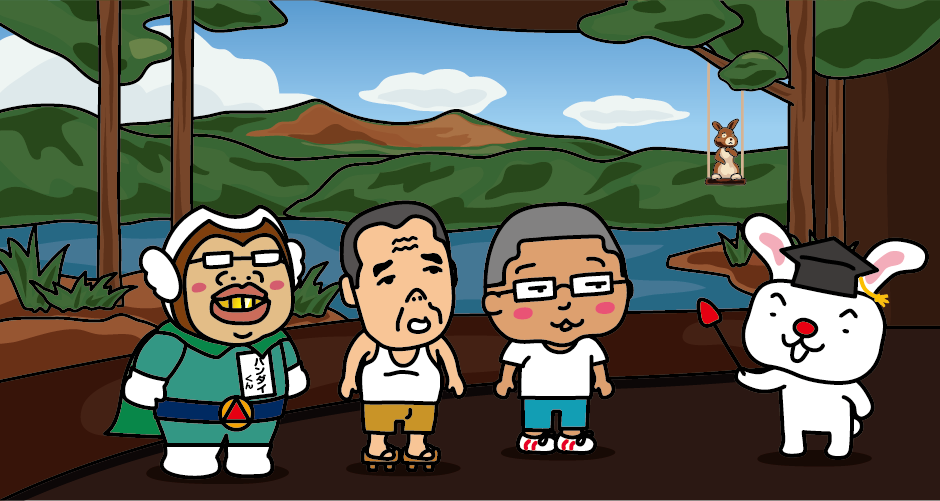
The beautiful landscape of Ura Bandai was brought about by the eruption of Mt. Bandai in the Meiji era (1888), but to remember that it was built on the basis of many sacrifices, the Mt. Bandai Eruption Memorial Museum was opened in 1988 to commemorate the 100th anniversary of the eruption of Mt. Bandai. It is a volcano museum that you should visit before exploring Lake Hibara and Goshikinuma swamps.
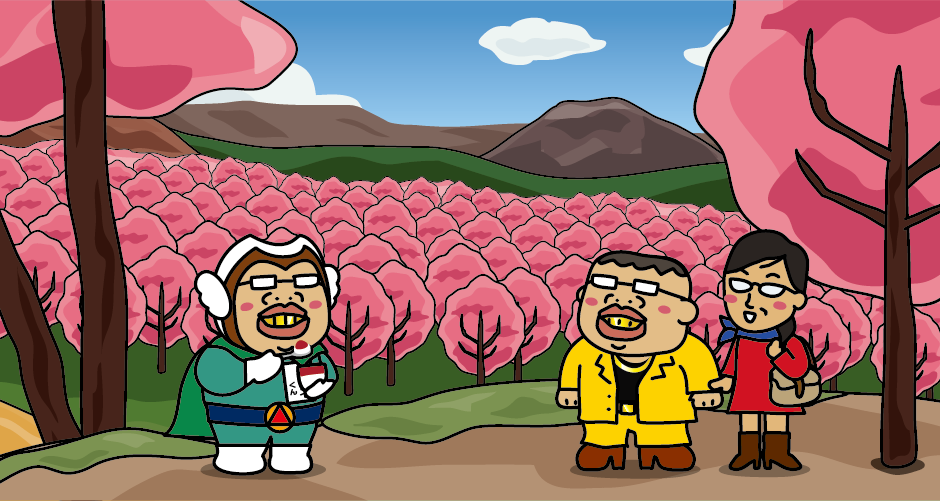
At Sakura-toge Pass, a famous cherry blossom viewing spot in Ura Bandai, approximately 3,000 Oyama cherry trees are at their best around Golden Week (late April to early May).
Access to Urabandai Visitor Center
It takes about 1 hour and 20 minutes from JR Tokyo Station to JR Koriyama Station by Tohoku Shinkansen. Transfer to the JR Banetsu West Line at JR Koriyama Station and get to JR Inawashiro Station in about 40 minutes. Get off at Inawashiro Station. From the JR Inawashiro Eki bus stop to the Goshikinuma Iriguchi bus stop, it takes about 30 minutes by local bus (Bandai Kogen Line). From Urabandai Visitor Center it is about 5 minute-walk to Bishamonnuma swamp.
Access to Mt. Bandai Eruption Memorial Museum
Get off at Inawashiro Station. From the Inawasiro Eki bus stop to the Bandaisan Funka Kinenkan-mae bus stop, it takes about 35 minutes by local bus (Bandai Kogen Line).
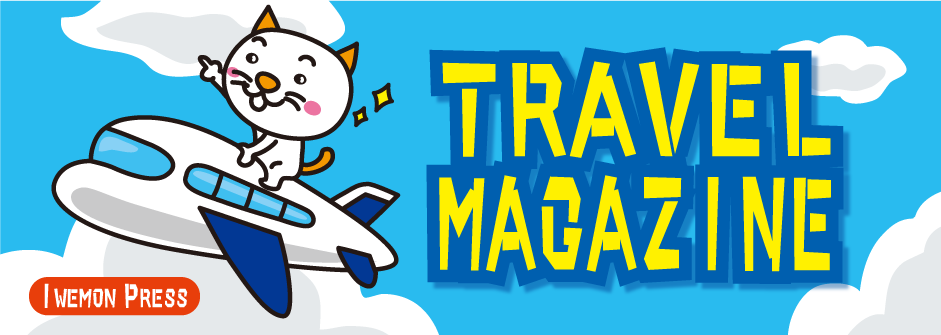



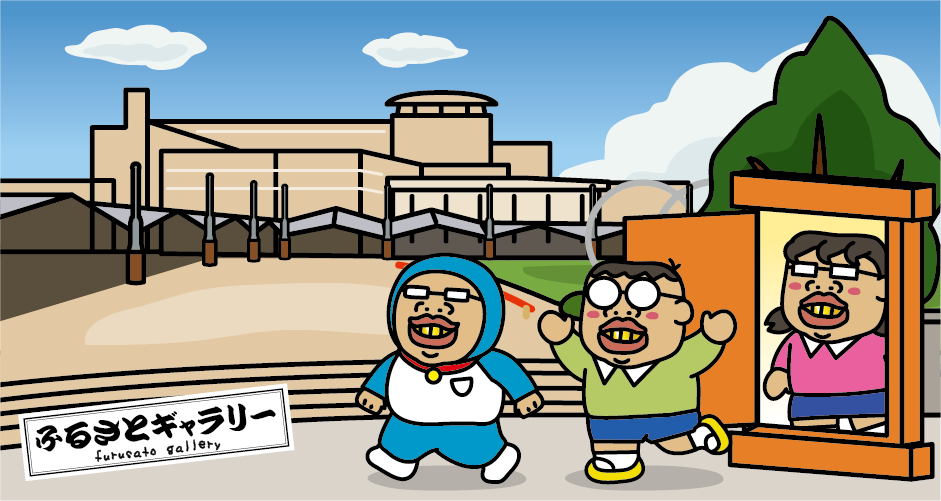

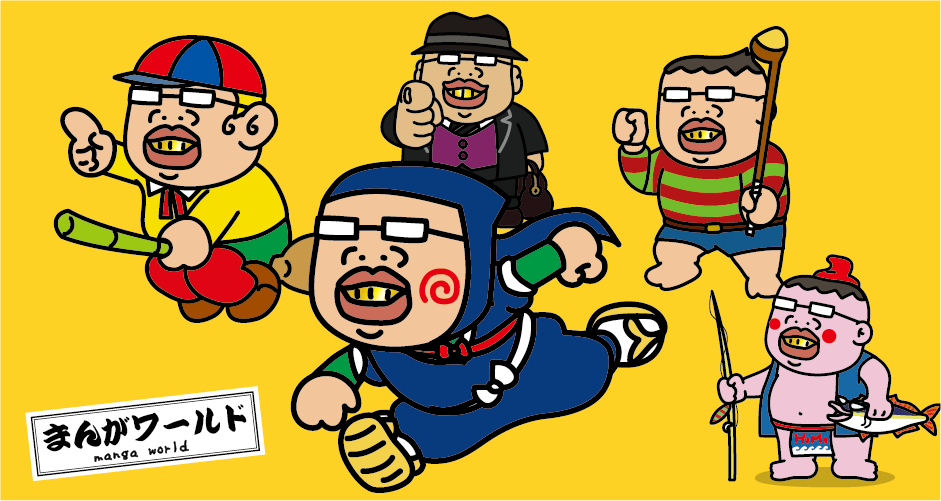
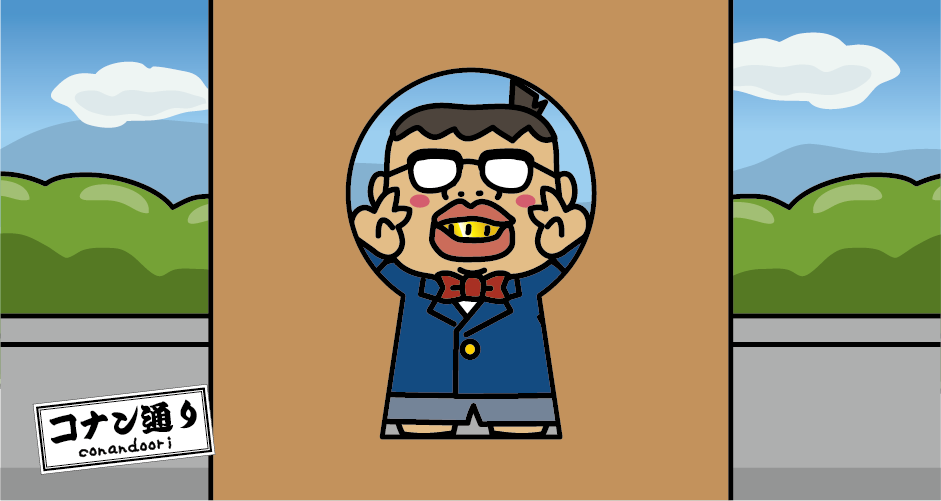


You need to login to comment on an article.